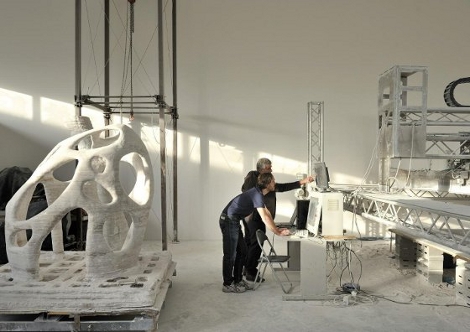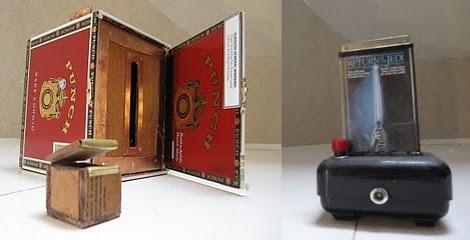
Medea Vodka comes with a bottle that includes a blue scrolling LED Marquee. OK, great? It’s an interesting marketing ploy but kind of a waste don’t you think? Friends, it’s up to us to repurpose this hardware. It can’t be that difficult to hack into the programmable display and make it do your bidding. Our friend Google tells us that you can get your hands on this 750 milliliter bottle for about $40. That’s around $25 more than a passable grade of Vodka sells for, a mere pittance for the challenge of cracking open the hardware for fun and profit. Don’t forget to document your work and tip us off once you’ve accomplished something. See Medea’s programming instructional video after the break. Oh yeah, remember to hack first and drink later… cheap soldering irons get hot!
Continue reading “What Kind Of LED Matrix Does Your Vodka Come With?”

















